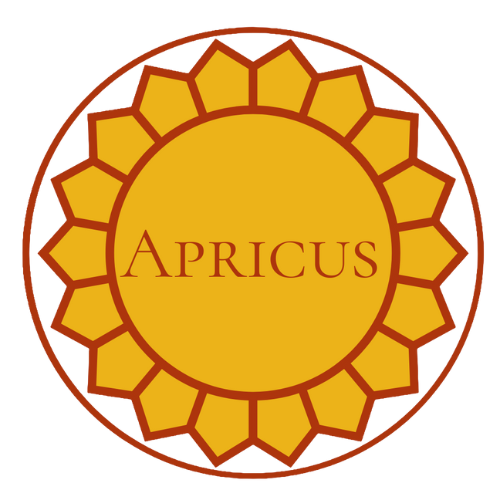Our muscular system plays a profound role in longevity.
It keeps you strong and helps minimize injury from accidental falls. Despite this, some view muscle building merely as a vanity-fueled pursuit.
Regardless of the motivation, it is undeniable that muscles are indeed the organ of longevity and promote overall well-being.
This article explores the physiological mechanisms, lifestyle factors, and emerging research highlighting its significance.
Same but different
We have 660 skeletal muscles in our system containing thousands of muscle fibers. These individual fibers are under two main types:
Type I fibers
- Known as slow-twitch fibers
- Endurance-oriented properties
- Rich in mitochondria
- Highly resistant to fatigue
- Well-suited for prolonged, low-intensity aerobic activities such as endurance running, cycling, or long-distance swimming
Type II fibers
- Known as fast-twitch fibers
- Better suited for quick bursts of power and strength
- Relies primarily on anaerobic metabolism for energy production
- Used during high-intensity activities such as sprinting, weightlifting, or jumping
In terms of longevity, both types play significant roles in overall health and functionality.
Regular aerobic exercise predominantly recruits type 1 fibers. It helps improve cardiovascular function, metabolic health, and reduce the risk of chronic diseases such as heart disease and diabetes.
Resistance training, which targets type 2 fibers, helps maintain muscle mass, bone density, and functional strength. These are crucial for maintaining mobility and independence as we age.

Additionally, preserving muscle mass through strength training has been linked to better metabolic health, insulin sensitivity, and overall quality of life.
Remember, a balanced approach incorporating aerobic exercise (type 1) and resistance training (type 2) is crucial.
Ultimately, focusing on a well-rounded approach to exercise, nutrition, and lifestyle habits is essential for optimizing longevity and well-being.
Withering away
Muscles tend to become weaker and smaller as we age. It leads to problems with balance, mobility, and overall physical function.
Older adults may have more difficulty performing daily activities independently.
It increases the risk of falls, fractures, and other injuries.
Sarcopenia is the gradual loss of muscle mass and strength as one ages.
Your muscle mass starts to decline about 1 to 2 percent yearly around 50 years old.
Strength, on the other hand, deteriorates at 1.5 percent until 60 years old. It then accelerates to 3 percent per year afterward.
Exercise, particularly strength training, coupled with a healthy diet rich in protein, can help prevent or slow down the progression of sarcopenia.
Metabolic significance and inflammatory reduction
Skeletal muscles, the largest organ system in the human body, play a pivotal role in glucose metabolism and insulin sensitivity.
Regular physical activity, which strengthens muscles, improves glucose uptake and utilization. It reduces the risk of insulin resistance and type 2 diabetes.
Both are detrimental to longevity.
Moreover, muscles act as reservoirs for amino acids. Such serve as a crucial source of protein when fasting or inadequate dietary intake.

This amino acid reserve helps preserve lean muscle mass, essential for maintaining metabolic health and functional independence in older adults.
Beyond metabolic functions, muscles help lessen systemic inflammation and oxidative stress.
Regular exercise modulates the production of inflammatory cytokines and enhances the body's antioxidant defenses. It reduces chronic low-grade inflammation and oxidative damage associated with aging.
Lifestyle factors
Adequate nutrition, focusing on high-quality protein intake, supports muscle growth, repair, and maintenance.
Additionally, resistance training, which involves lifting weights or performing bodyweight exercises, is the cornerstone of preserving muscle mass and strength.
Regular physical activity not only enhances muscle function. It also provides numerous benefits to cardiovascular health, bone density, and mental well-being.
Furthermore, adequate sleep and stress management are vital for optimal muscle recovery and adaptation.
Chronic sleep deprivation and excessive stress can impair muscle protein synthesis and increase catabolic processes. It undermines efforts to maintain muscle mass and function.
Prioritizing rest is essential for supporting muscle health and promoting longevity.
Research and therapeutic implications
Sirtuins, a class of proteins that regulate cellular metabolism and stress responses, have emerged as key players in maintaining muscle integrity and function.
Activation of sirtuins through caloric restriction or resveratrol can provide numerous health benefits. It includes improved muscle function and extended lifespan, in various experimental models.
Moreover, ongoing research in the field of regenerative medicine and tissue engineering holds promise for novel therapeutic interventions aimed at preserving muscle mass and function in aging populations.
 Strategies such as stem cell therapy, tissue engineering, and gene editing techniques offer potential avenues for restoring muscle homeostasis and reversing age-related decline.
Strategies such as stem cell therapy, tissue engineering, and gene editing techniques offer potential avenues for restoring muscle homeostasis and reversing age-related decline.
Build them up
Muscles are far more than just anatomical structures.
They are dynamic organs with profound implications for longevity and overall health, serving as:
- Metabolic powerhouses
- Modulators of inflammation and oxidative stress
- Indicators of functional independence
Muscles play a central role in promoting longevity and quality of life.
Through lifestyle interventions, such as regular exercise, proper nutrition, adequate sleep, and stress management, individuals can optimize muscle health and enhance their prospects for a long and healthy life.
Furthermore, ongoing research in muscle biology and regenerative medicine offers exciting opportunities for developing innovative therapies to preserve muscle mass and function in aging populations.
By recognizing the importance of muscles as the organ of longevity, we can pave the way toward a future where healthy aging is not just a possibility but a reality for all.

